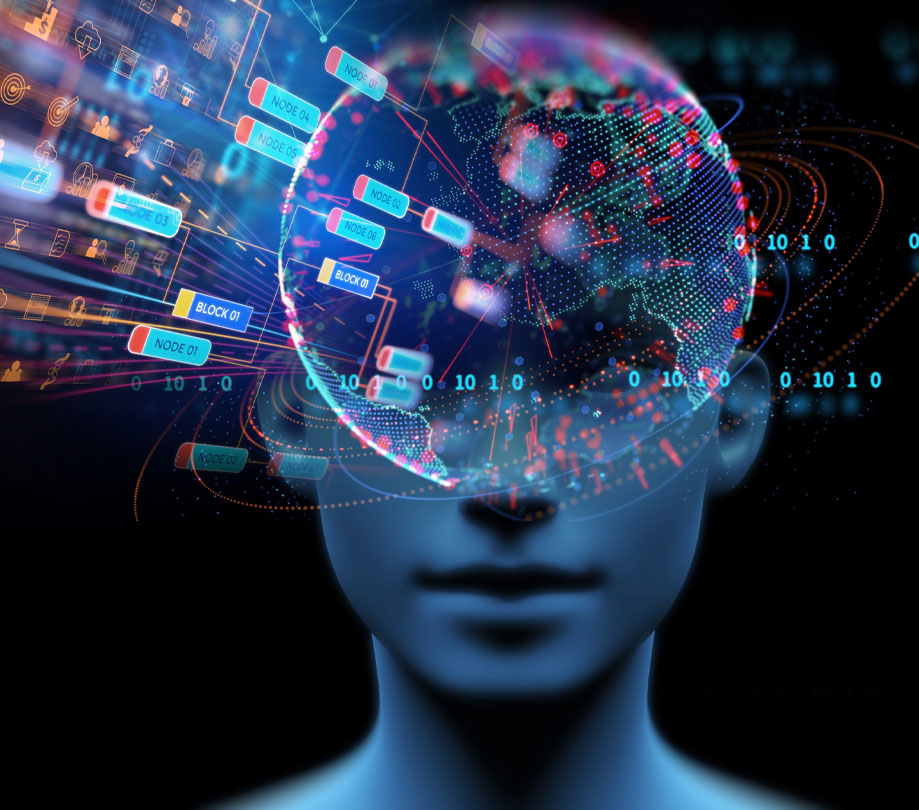The employment landscape is swiftly evolving due to significant advancements in science, technology, engineering, and mathematics that are shaping the future of every industry. Nevertheless, it begs the question of what specifically does the “STEM workforce” imply in modern times? How is this continuous transformation impacting students and professionals’ preparedness?
STEM’s workforce comprises individuals whose positions require a thorough understanding and aptitude in science, technology, engineering, and mathematics. As the nature of STEM work shifts, it now includes not only typical roles such as engineers, researchers, and computer scientists but also professionals in developing areas like data analytics, artificial intelligence, cybersecurity, and environmental sciences.
The STEM workforce is increasingly becoming the backbone of innovation, economic development, and national safety. Nevertheless, industry leaders and STEM experts predict a skills shortage in the job market. This potential gap poses a threat to society’s capacity to keep up with technological advancements and address significant global challenges.
Traditionally, the STEM workforce was synonymous with research and technical positions in manufacturing, aerospace, and information technology. However, with scientific and technological advancements restructuring industries, the meaning of STEM work is broadening. The health sector now necessitates robust STEM expertise in biotechnology and bioinformatics, while environmental sustainability is creating new opportunities for engineers and scientists working on clean energy solutions.
Technological developments, namely AI and machine learning, have wide-ranging implications for teaching, learning, and skill-building across education and professional training environments. The traditional education model, with its emphasis on rote learning and standardized testing, is no longer adequate to prepare students for the dynamic and interdisciplinary demands of the modern STEM workforce. Instead, experiential learning, project-based education, and cross-disciplinary collaboration have become key.
How can we undo the skill gap and ensure that more students are ready for the growing demands of a skilled STEM workforce? At the K-12 level, creative methods are already on the rise. Robotics programs, coding camps, and science competitions help stimulate interest in STEM subjects while cultivating essential skills from an early age. Universities and employers are joining forces to offer courses that align with current industry needs. Blended learning models, which combine academic instruction with work experience, set students up with industry mentors, letting them gain practical skills while still in school.
Furthermore, technology plays a crucial role in reducing the skills gap in the STEM workforce. Vital tools ranging from AI-powered learning platforms to online collaboration environments help accelerate advanced continuous upskilling for workers in the STEM field. Such online platforms assist them in staying current in a quickly changing world. However, as supporting technology advances, collaboration across industries, academia, and government remains critical in STEM workforce upskilling.
Looking toward the future, the STEM workforce will continue to be instrumental in driving innovation, economic growth, and societal progress. Closing the skill gap, however, requires a collaborative effort from educators, employers, governmental bodies, and policymakers. By harnessing technology, adopting new teaching methods, and cultivating partnerships across academia, government, and industry, society can ensure that the STEM workforce has the capabilities to meet today’s job market demands and solve the world’s most pressing problems.




